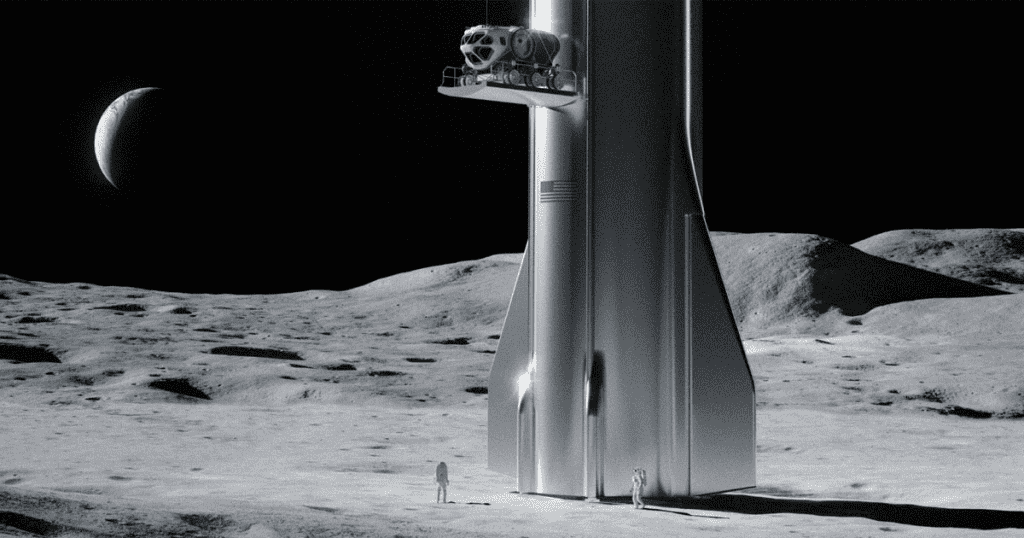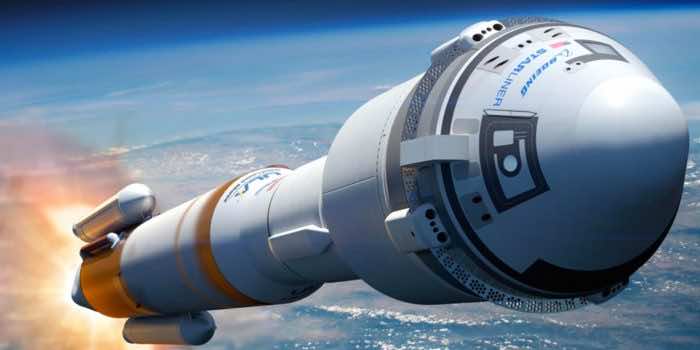NASA will pay Boeing twice as much for each Starliner seat to the International Space Station than it’s paying SpaceX for equivalent Crew Dragon tickets, Ars Technica reports. Boeing has not been able to successfully launch a single astronaut into orbit as of now.
This week, the agency confirmed that it has awarded SpaceX with five more crewed missions to the station. This takes the total up to 14 through 2030, at which point the station is slated to be retired.
Boeing was awarded contracts for six crewed flights throughout the same period. However, it is still getting almost as much funding from NASA as SpaceX.
Hence, in accordance with Ars’ calculations, NASA will spend $183 million for each seat on board a Boeing Starliner across all planned missions, while it’s pay SpaceX just $88 million per seat. This is less than half!

Given Boeing’s extremely slow development of its Starliner, the capsule failed to reach a stable orbit during its first catastrophic test flight back in December 2019. At the moment, the delays are just more frequent than before, and a silver lining seems pretty far away.
The company has not made any substantial progress since then, limping into orbit during its second attempt in May while suffering engine failures along the way, but with no crew on board.
The first crewed Starliner mission is roughly scheduled for early next year, with NASA assigning two people to take the capsule for its first crewed test ride back in June.
In the longer term, Boeing may also face difficulty in finding available rockets to launch the spacecraft as the United Launch Alliance (ULA) retiring its Atlas V rocket after six Starliner missions, Ars reports.

Since NASA’s Commercial Crew program is fixed price, Boeing will probably have to bear the costs for any incurred budget overruns. The Starliner program has already proven to be a major money drain for the company.
In short, Boeing is way behind SpaceX’s immense progress which means NASA will likely have even more difficulties justifying the billions of dollars it’s spending to keep both companies in the running.


